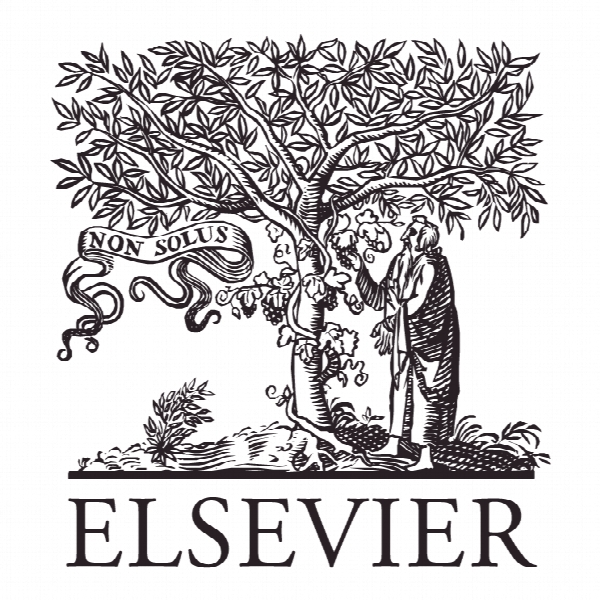“Bakul Gendong” به عنوان یک استراتژی ارتباطی برای رد ساختن یک کارخانه سیمان در جاوه مرکزی The ‘Bakul Gendong’ as a communication strategy to reject the construction of a cement factory in Central Java
- نوع فایل : کتاب
- زبان : انگلیسی
- ناشر : Elsevier
- چاپ و سال / کشور: 2017
توضیحات
رشته های مرتبط مدیریت
مجله بررسی روابط عمومی – Public Relations Review
دانشگاه دانشکده ارتباطات کاتالیست Atma Jaya، جاکارتا، اندونزی
نشریه نشریه الزویر
مجله بررسی روابط عمومی – Public Relations Review
دانشگاه دانشکده ارتباطات کاتالیست Atma Jaya، جاکارتا، اندونزی
نشریه نشریه الزویر
Description
1. Introduction Since 2006, one of big companies from the cement industry in Indonesia has tried to build their factory in Sukolilo village in Central Java, Indonesia. The environmental damage that would be caused by the mining activities and construction of the new factory was the main cause of conflict between the communities and the company. Public interests are often marginalized in the assessment of the Environmental Impact Assessment (EIA). EIA evaluations also tend to be biased in favour of companies that are supported by the local government. Local community that will be impacted by the proposed developments are rarely involved in EIA, hence their interests are basically neglected in the results of the EIA. For this reason,the people in these communities were forced to fight for their interests by any means available to them. To that end, building awareness of the risks of environmental damage needed to be conducted thoroughly, and especially by women. The reason behind the rejection of the plan to build a cement factory is mainly that people wanted to preserve the natural environment and their homes. According to the locals, although the construction of the cement factory was claimed to be in the name of economic growth and development, the future development of the local community had not been taken into account, and they would gain nothing from it. They felt that this project would only benefit private parties while destroying nature and causing contaminated water and high pollution. The people of the area hads grounds to reject it as the area designated as the location of the cement factory is arable land used for the livelihood of communities in Sukolilo and it is still actively cultivated as productive farmland. According to Arif and Hartati in The daily ‘Kompas’, (August 1, 2008), the cement factory will be established in the mountainous region of northern Kendeng. Administratively, the region covers four districts, namely the districts of Sukolilo, Kayen, Cork and Margorejo. Of the four districts, the area designated as the mine site and cement factory spreads over thirteen (13) villages with a total area of 1,560 ha of land. In the original plan, PT Semen Gresik will use the traditional land of 1560 hectares for limestone quarrying (900 ha) of land mining clay (500 ha), a factory for the production of cement (75 ha) and transport/roads (85 ha) (Arif & Hartati, 2008).


